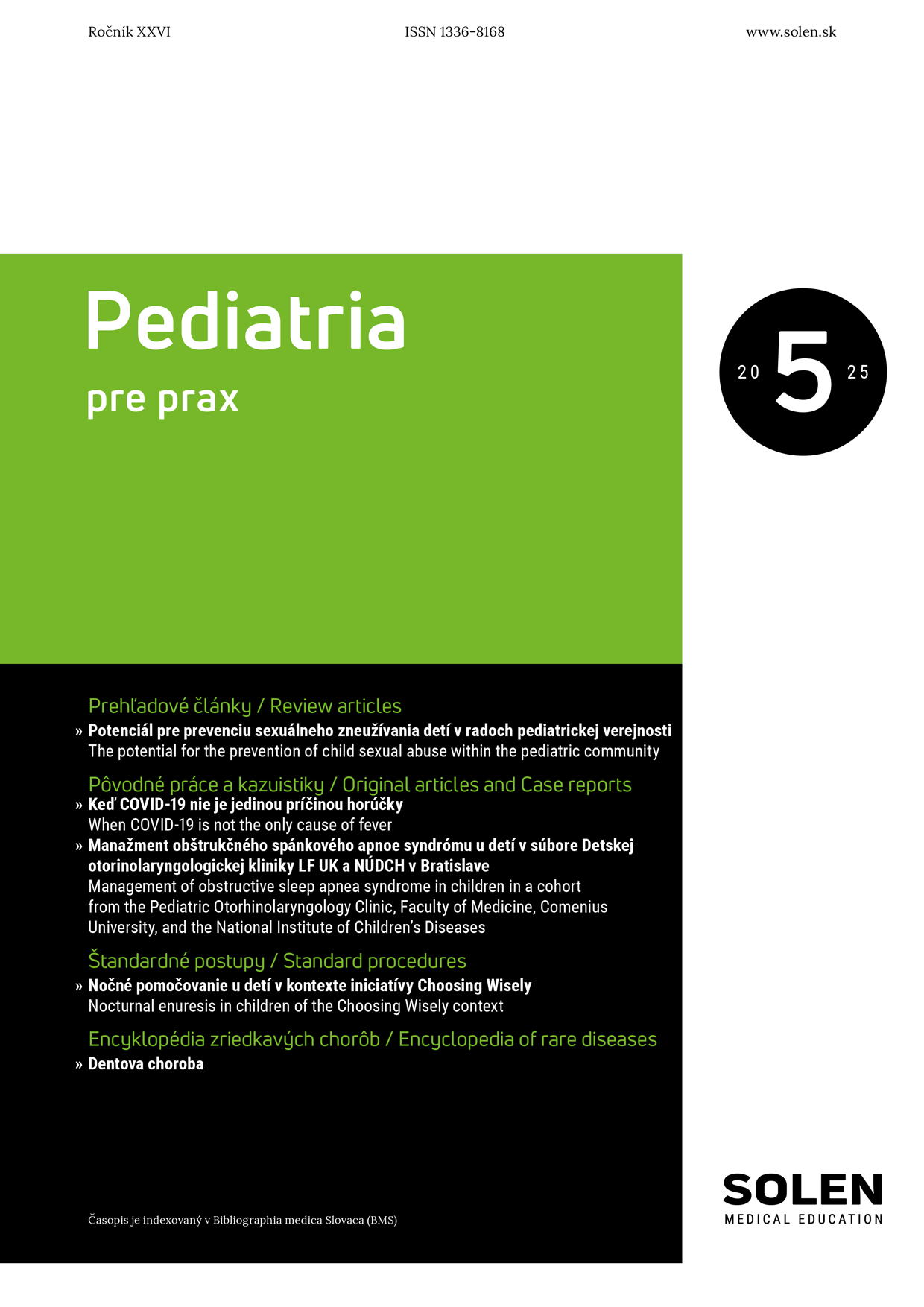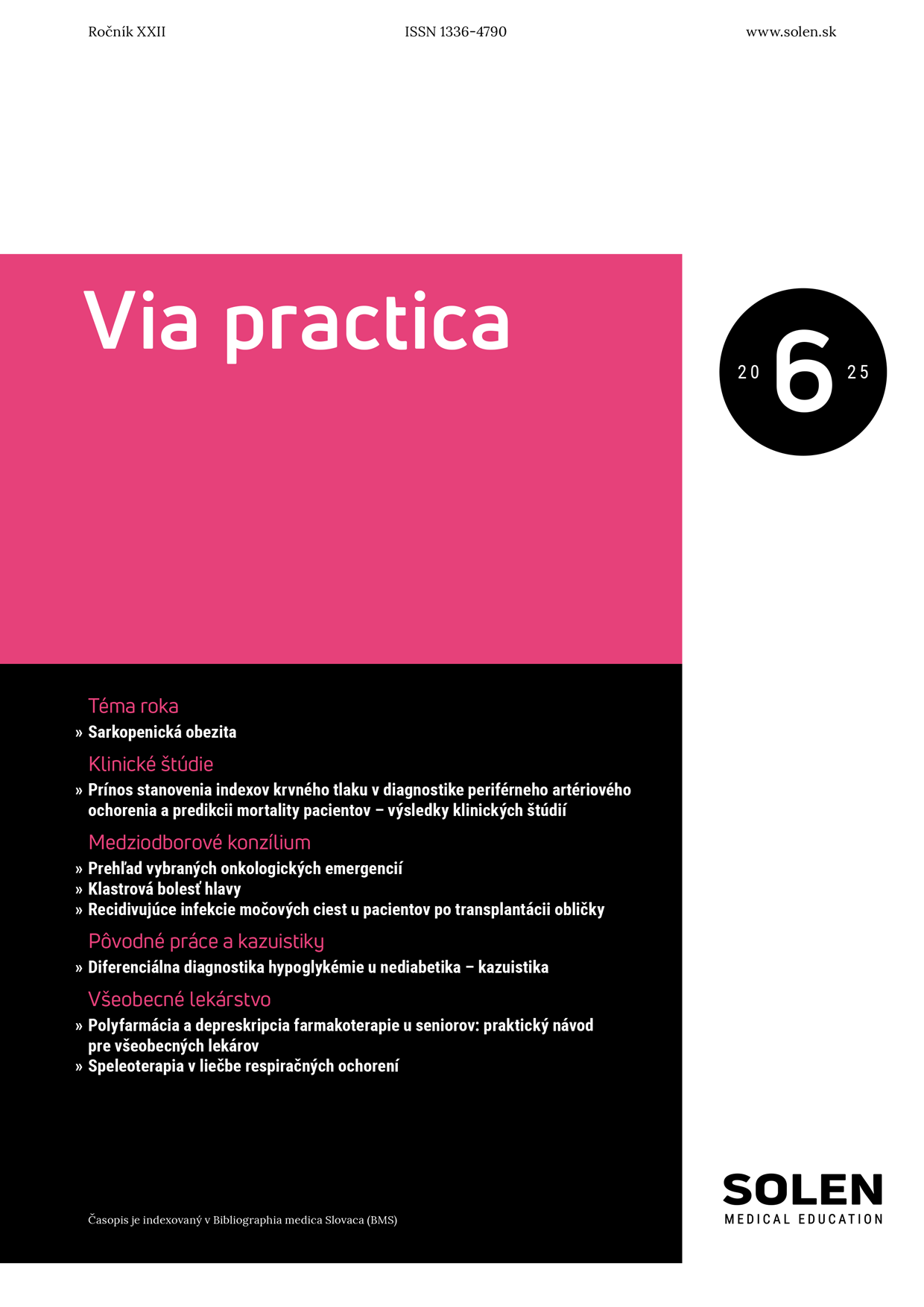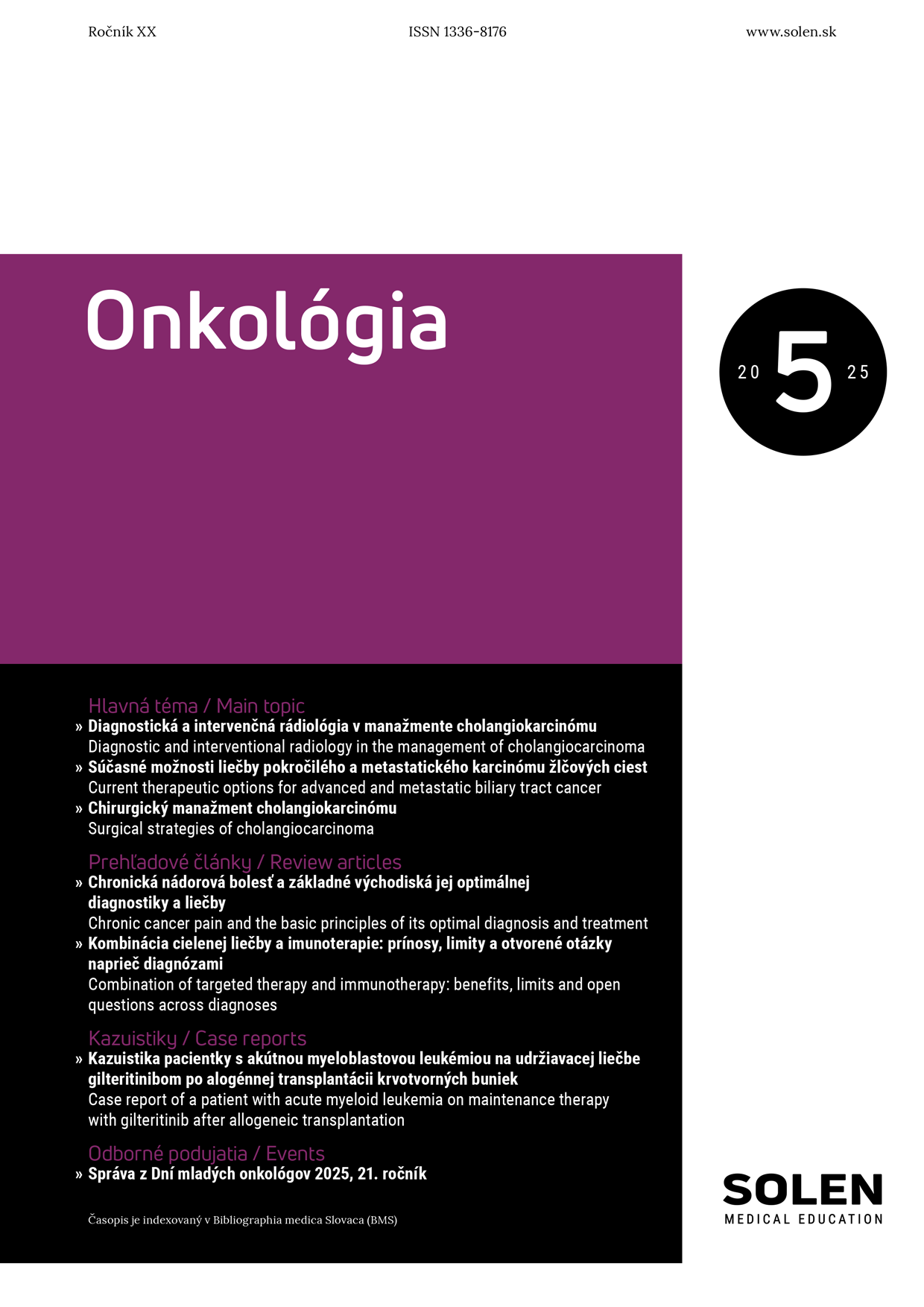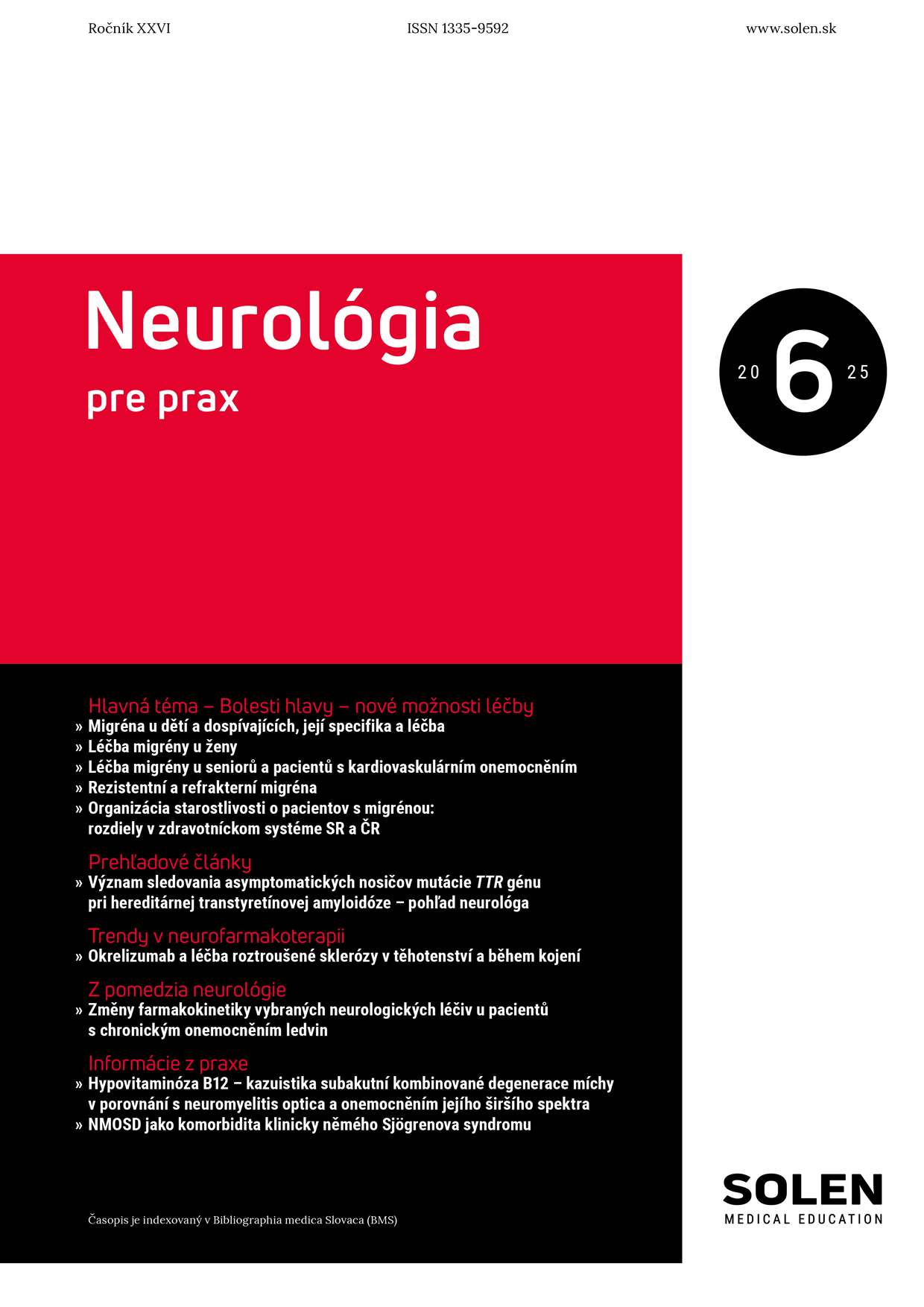Onkológia 5/2010
Etiopatogenéza rakoviny krčka maternice
MUDr. Oliver Sadovský, CSc., prof. RNDr. Ján Vojtaššák, CSc.
Autori približujú štruktúru HPV vírusu, mechanizmus vstupu do bunky, štruktúru jeho genómu, ako aj funkciu jednotlivých génov. Onkogénny potenciál vysokorizikových (high-risk) HPV podmieňujú ich dva malé proteíny E6 a E7. Aj keď ide o malé proteíny, sú veľmi promiskuitné a sú schopné reagovať so širokou škálou regulačných proteínov bunky podieľajúcich sa na regulácii bunkového cyklu. Kritickým momentom pre malígnu transformáciu bunky je integrácia časti genómu HPV, obsahujúceho tieto dva gény do genómu infikovanej bunky. Pri integrácii, ku ktorej dochádza pravdepodobne mechanizmom nehomológnej rekombinácie, dochádza k strate časti vírusového genómu kontrolujúcej expresiu týchto dvoch onkogénov. Ich následná nekontrolovaná expresia zablokuje aktivitu mnohých regulačných proteínov bunky, predovšetkým však tumor supresorových génov Rb1 a p53, čím bunka stratí kontrolu nad svojím bunkovým cyklom. Dochádza k destabilizácii jej genómu, kumulácii ďalších mutácií až k malígnej transformácii.
Kľúčové slová: human papillomavirus (HPV), E6–E7 onkogény, integrácia genómu vírusu, deregulácia bunkového cyklu.
Etiopathogenesis of cervical cancer
The authors have outlined the structure of HPV virus, mechanisms of its entry into the cell, structure of its genome, as well as the function of single genes. The oncogenic potential of „high-risk“ HPV is given by two small protein’s E6 and E7. These proteins are small, but very promiscuous and they are able to interact with bright spectrum of cell regulatory proteins involved in the cell cycle regulation. The critical moment for malignant transformation of infected cell seems to be the integration of a part of viral genome containing these two genes into the genome of infected cell. The integration is realized probably by a mechanism of non homologous recombination. Major part of viral genome involved in the regulation of these two oncogenes is lost. Uncontrolled over expression of these two oncogenes block the activities of many cell regulatory proteins, in the first line the Rb1 and p53 tumor suppressors genes. The lost of the cell cycle control results in instability of cells genome, accumulation of next mutations and finally malignant transformation.
Keywords: human papillomavirus (HPV), E6–E7 oncogenes, viral genome integration, cell cycle deregulation.

















